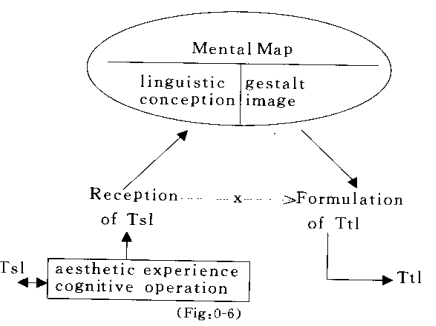- 签证留学 |
- 笔译 |
- 口译
- 求职 |
- 日/韩语 |
- 德语
The literary text is universally recognized as work of art, which contains aesthetic essence within and beyond the linguistic structure. It is constituted by the possession of aesthetic qualities as a necessary though not perhaps a sufficient condition . These qualities as its defining characters are not given as ready made or finally formed realities, but as possibilities or inherent images for realization. They emerge as gestalt in the activity of aesthetic faculties, waiting to be actualized in the interaction with the translator. In reading and interpreting the literary work of art, the translator cognitively perceives a relatively
stahle linguistic structure and goes on to build artistic images which realizes the aesthetic value that intrinsically belongs to the linguistic aspect of the work. This interaction between the text and the translator constitutes the aesthetic progression, which the translator, as a reader first of all, experiences in his interpretation of the literary text.
The present study will therefore present an image-based literary translation model based on cognitive and aesthetic theories.

Main phases:
Phase I: to translate the written text into a mental image-G;
Phase Ⅱ : to find goal-language exponents of the overall mental representation obtained in Phase I. (The dotted line with x signifies an unsuccessful process.)
Explanation of the model:
This is a macro model mainly concerned with the aesthetic progression in literary translation. The need for access to the nature and function of aesthetic progression becomes more and more pressing and less and less deniable if translation theory is to set about providing systematic and objective description of the process. This model presented here focuses on the aesthetic experience involved,without taking into account other detailed aspects such as linguistic techniques necessary in the translation process.
In literary translation, the text is not reproduced in the sense of linguistic structure but by way of meaning gestalt and image gestalt. Linguistic structure in the target text may come out as equivalent with that of the original text, which, however, does not rise from correspondence-finding of linguistic items. Rather, it is the result of psychological tendency and linguistic universals or coincidence. In his interpretation of the S-text, the translator formulates an image-G, and represents it in a T-text. Just as de Beaugrande pointed out, the basis of the act of translation is not the original text, but rather the representation of the text that is eventually generated in the translator's mind. In the production of the T-text, the translator does not find individual linguistic items (words or sentences) correspondent to those in the S-text, but use the gestalt as a kind of general criterion against which to test each sentence. Translation does not mean to replace one linguistic text with another, or to find word-for-word, sentence-for-sentence equivalents, but to reproduce in linguistic forms the mental image-G constituted out of the ST.
